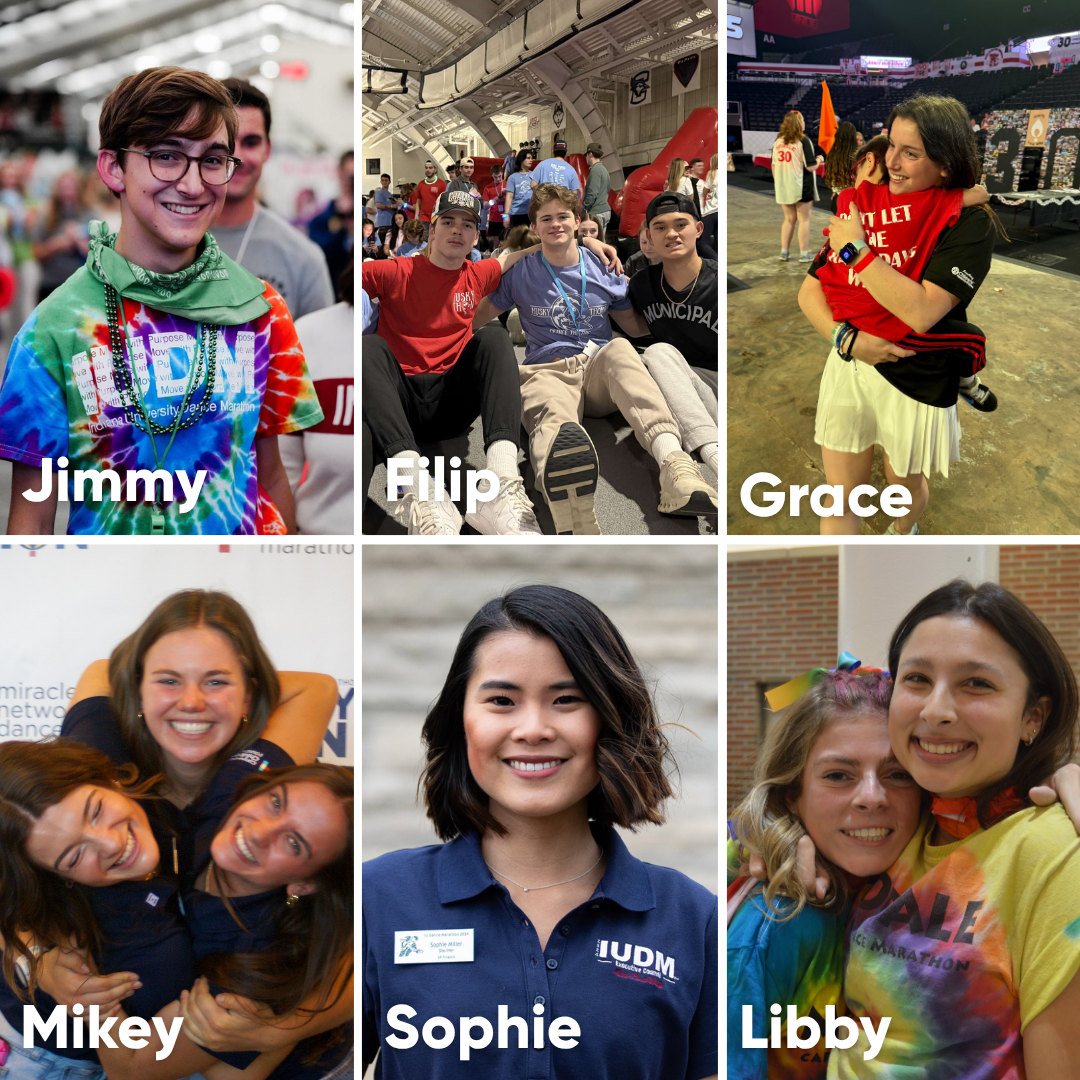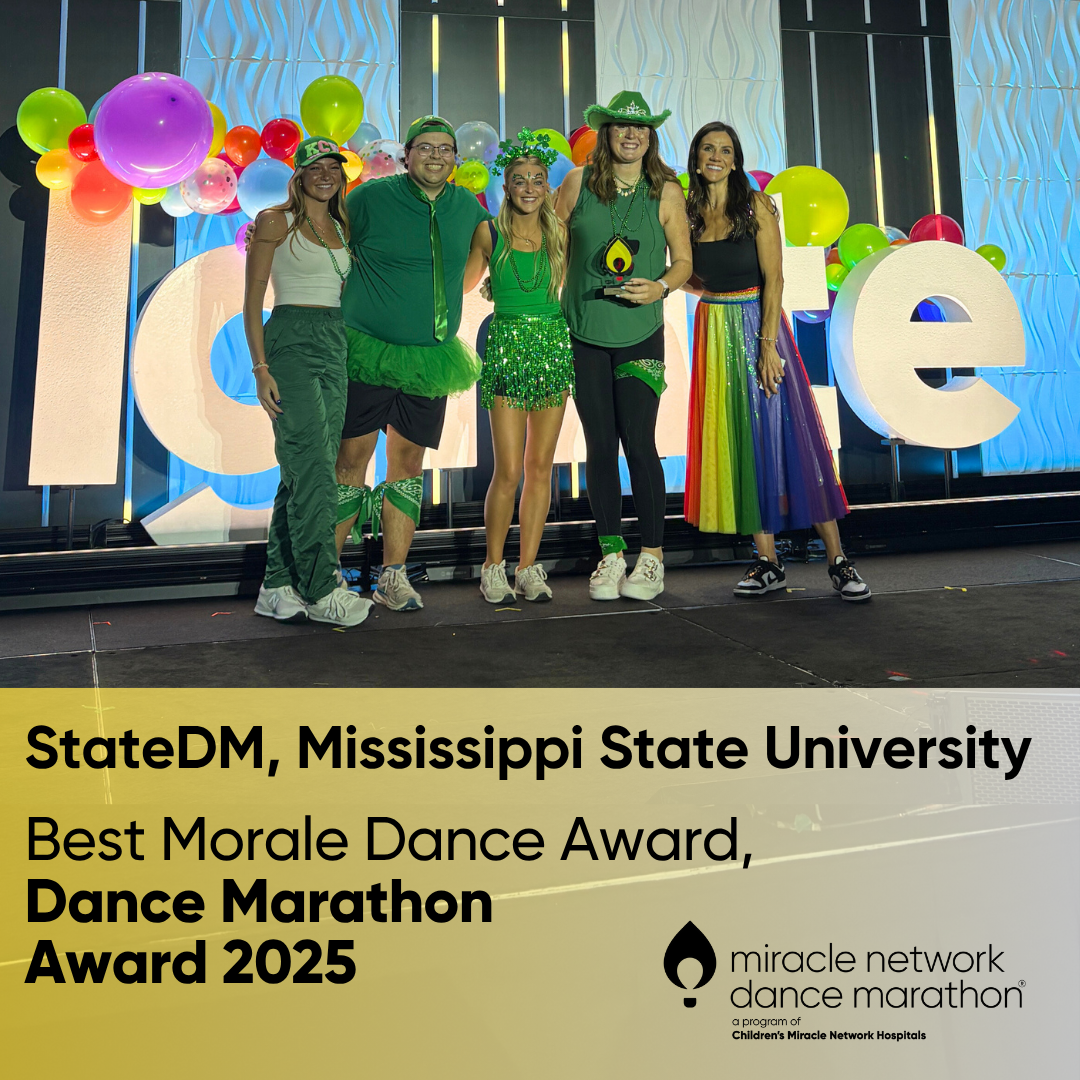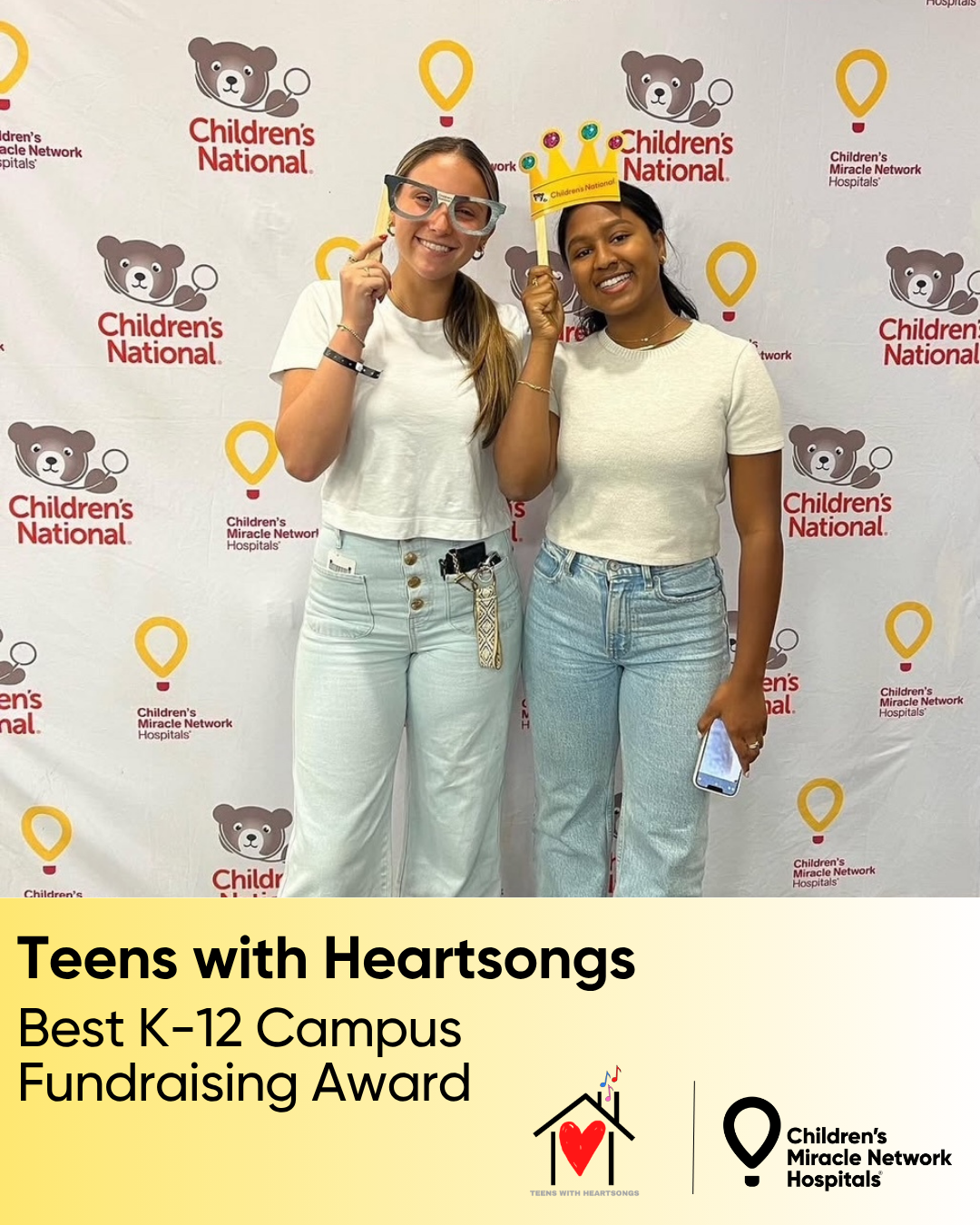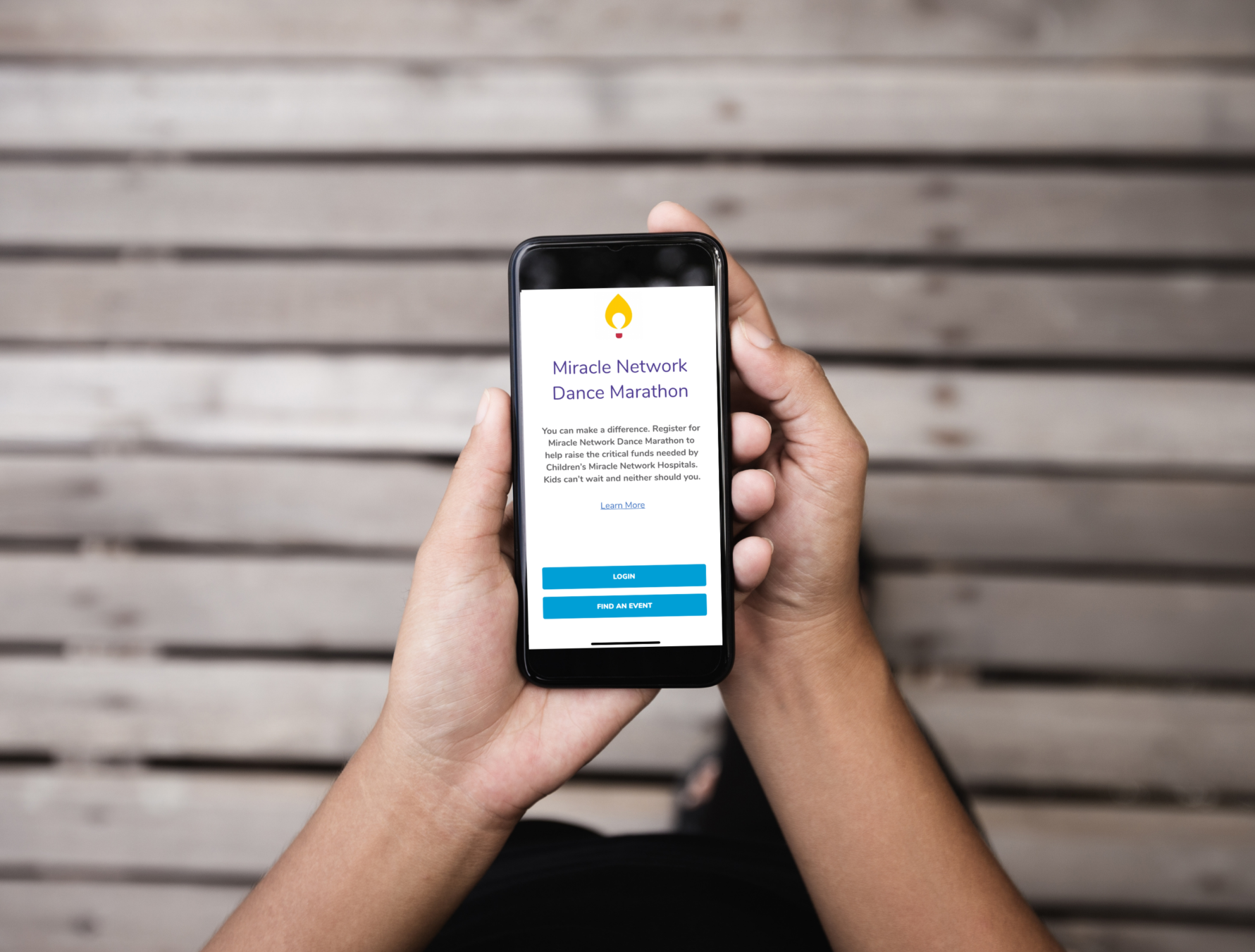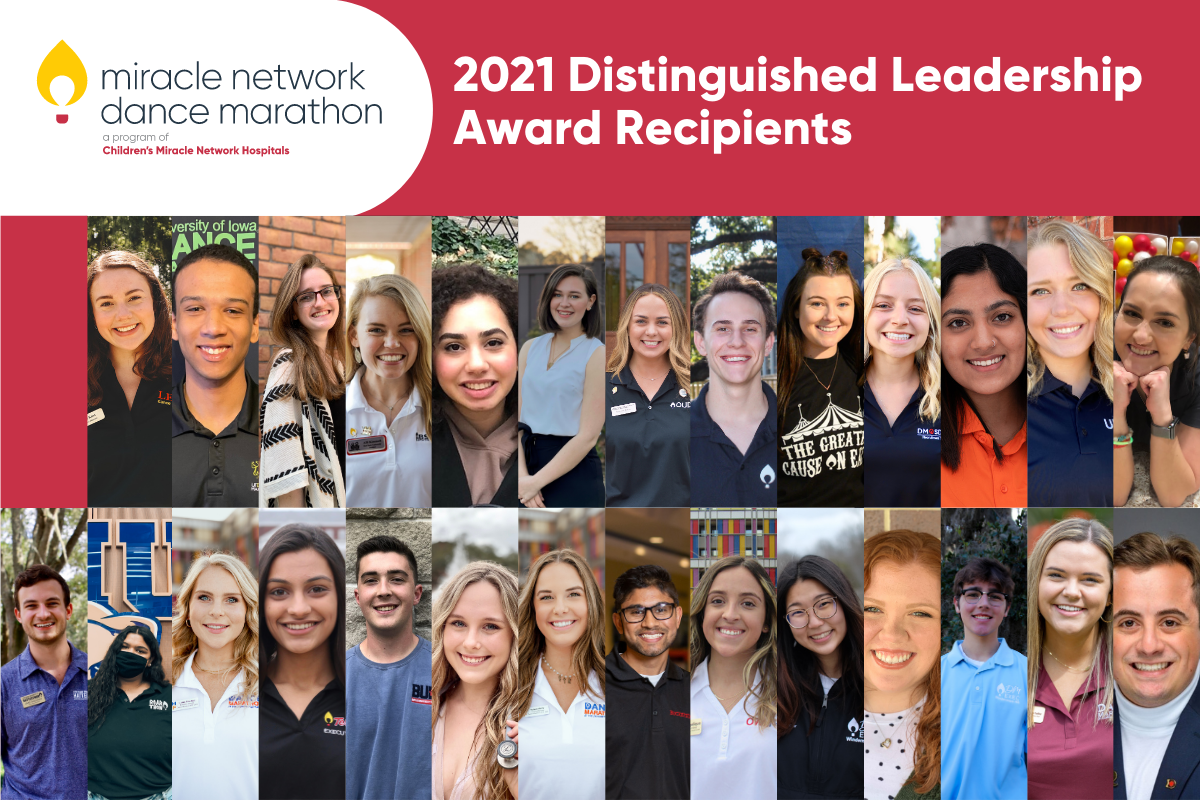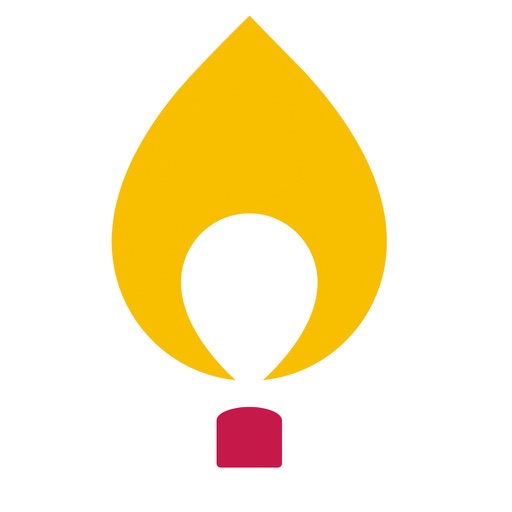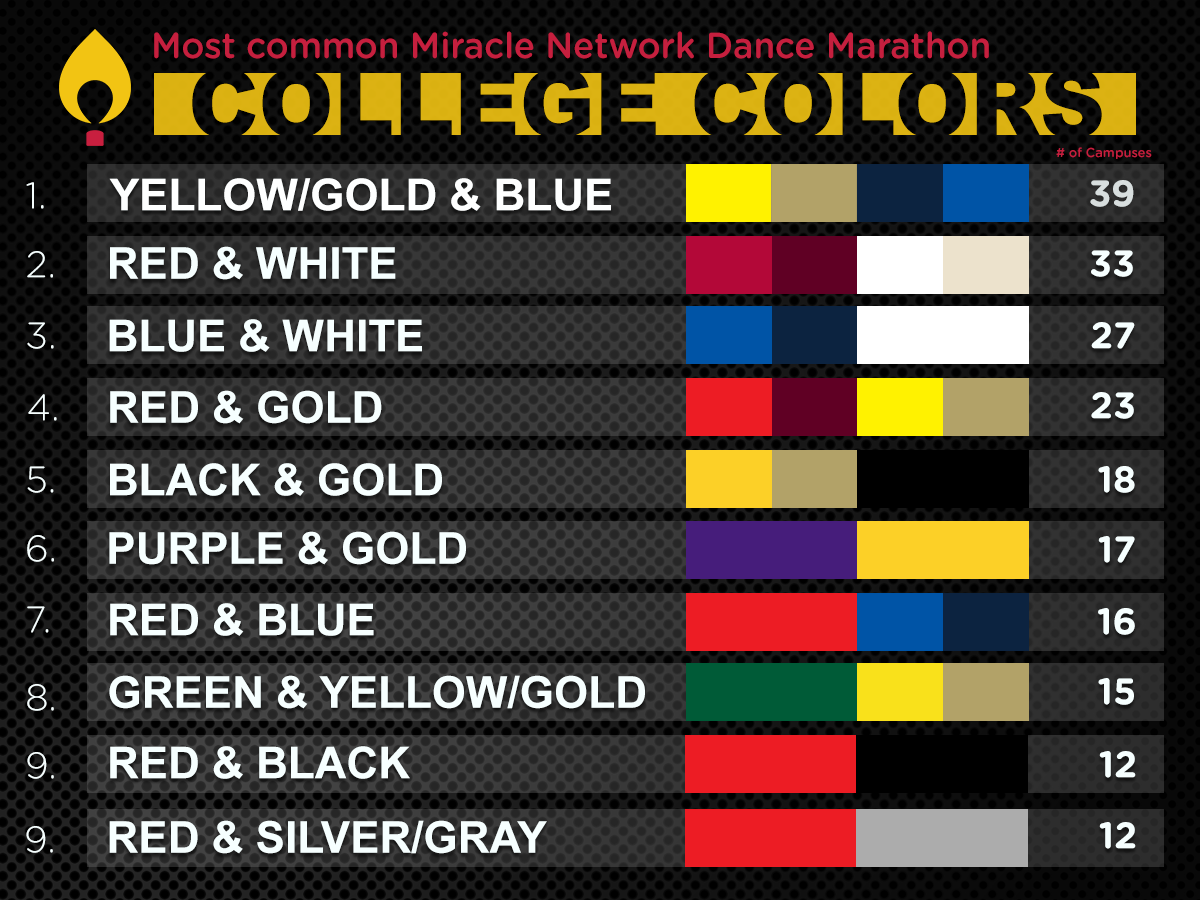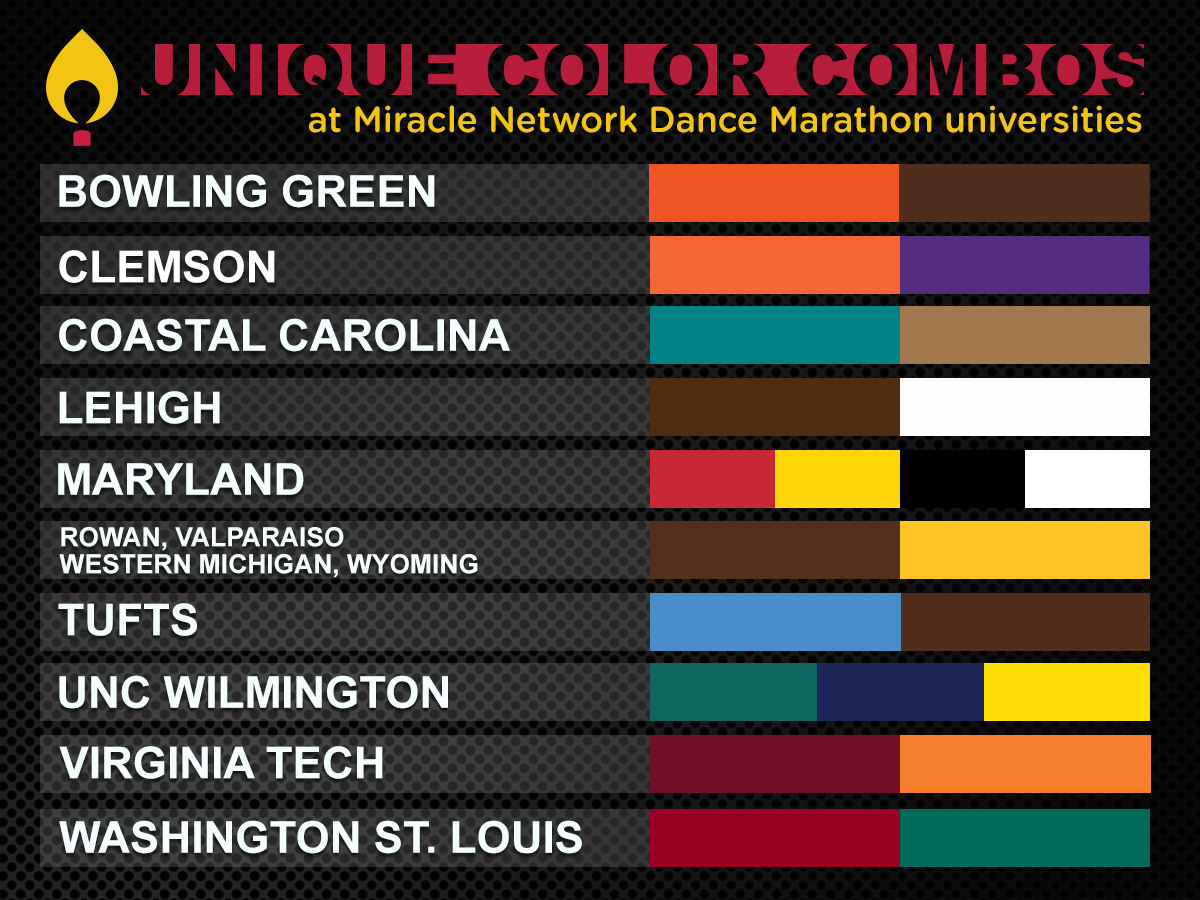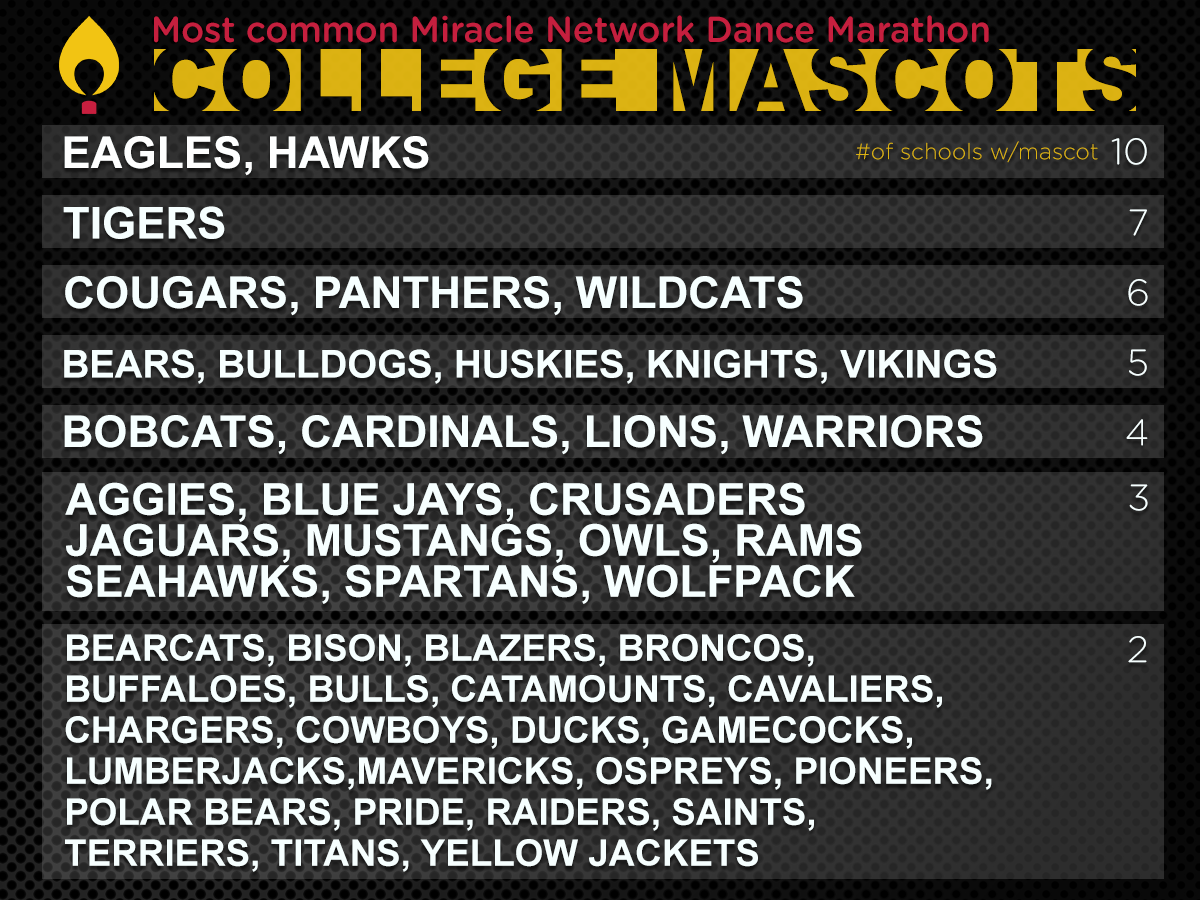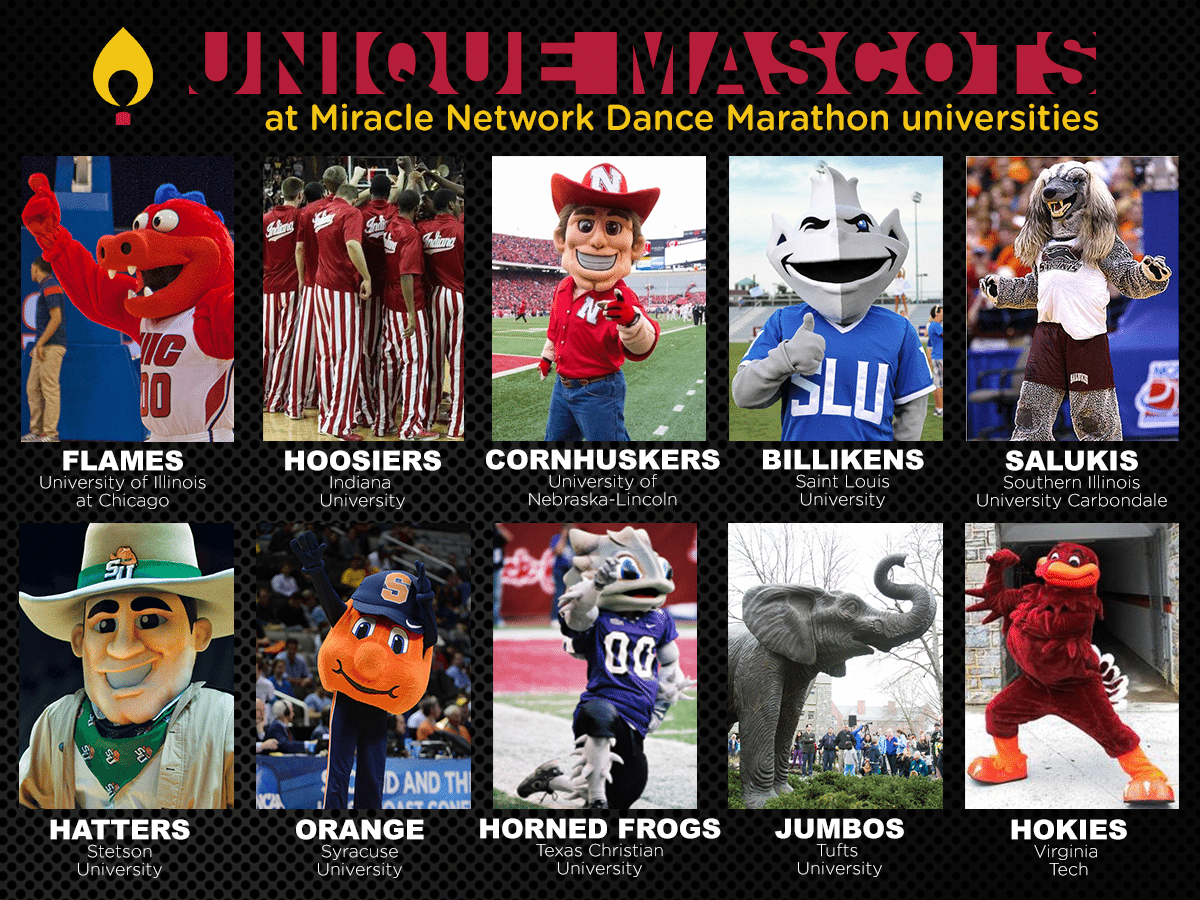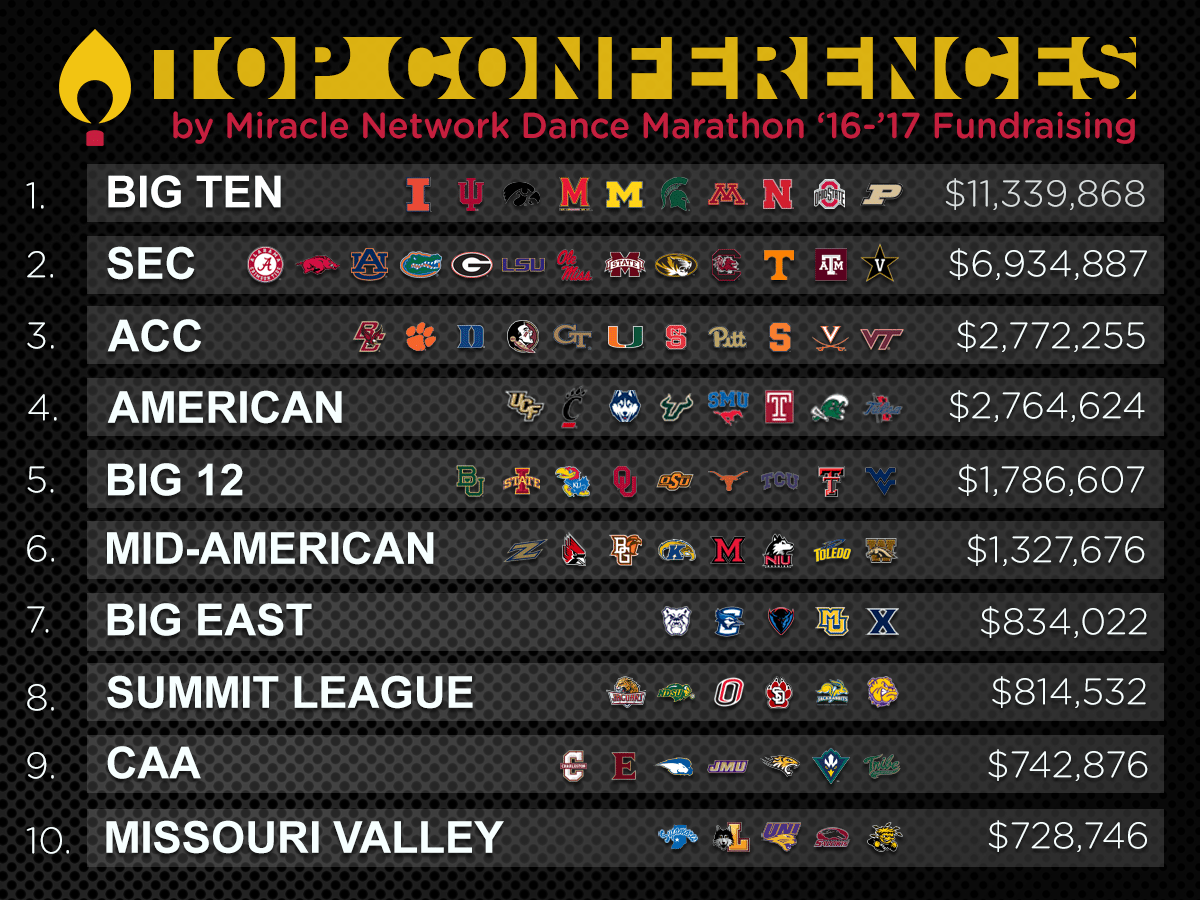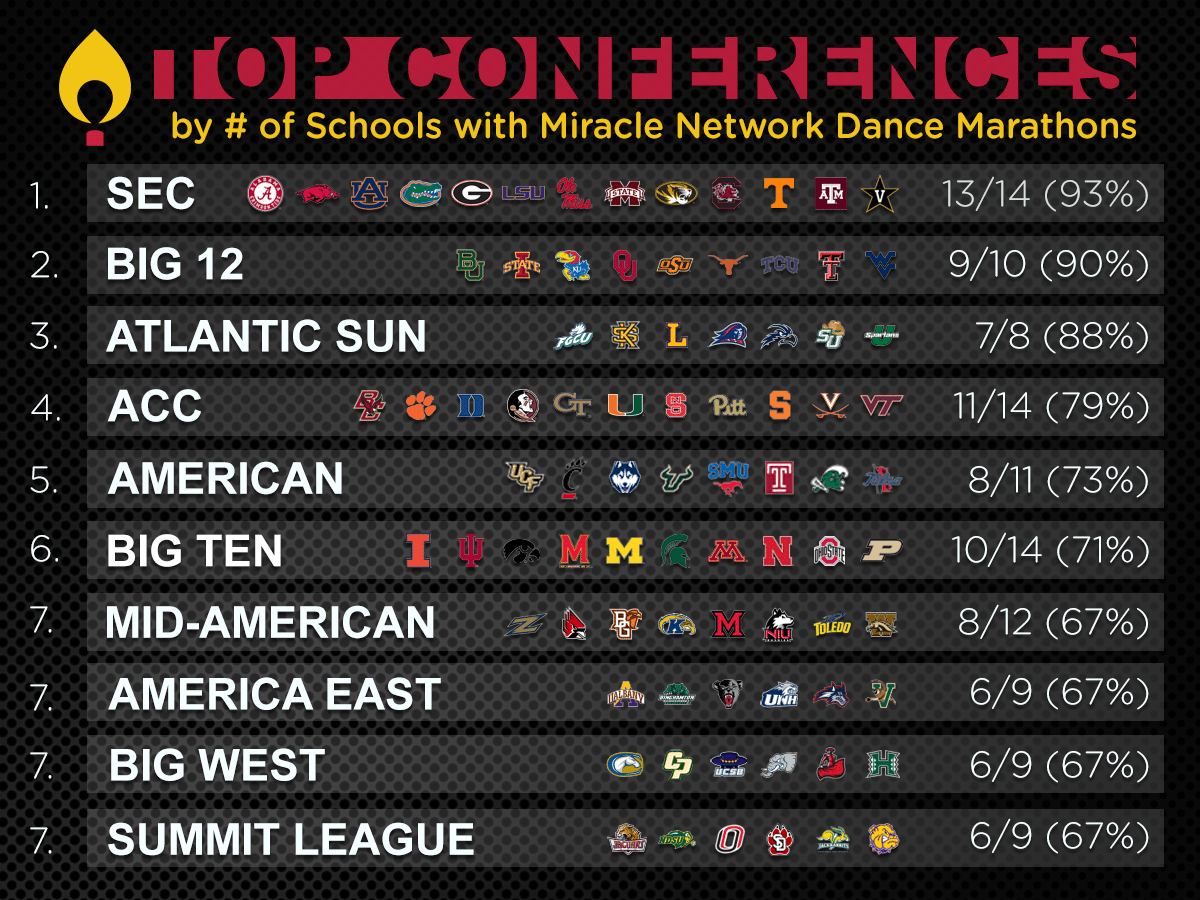Dance Marathon Celebrates College Colors Day
As college football season is here once again, Miracle Network Dance Marathon is celebrating College Colors Day by tapping into the incredible school spirit of the schools that are a part of the movement benefitting their local Children’s Miracle Network Hospitals.
While many of the 300 colleges and universities hosting Dance Marathon programs will be competing on the football field this season, it’s awesome to see what these schools have in common–other than being “For The Kids” of course!
COLLEGE COLORS:
Overall, gold was the most common school color for Dance Marathon campuses with 122 different campuses having some form of gold, including some more fancy variations like old gold, Golden Sand (Cal State, Monterey Bay), and Vegas Gold (Bethel).
However, if you’re looking for a color combination that can make the biggest impact in terms of supporting local children’s hospitals, the combination of black and gold leads the way. The 18 schools with black and gold as their colors averaged a fundraising total of $340,193 per campus during the 2016-2017 school year. Some of the highest fundraising programs last year that rock the black and gold include the University of Iowa ($2.57 million), University of Central Florida ($1.25 million), Purdue University ($1.06 million) and the University of Missouri ($304,605).
It can feel pretty special to be one of a kind, and these schools definitely stand out as the most unique school color combinations throughout the Miracle Network Dance Marathon movement.
Students at seven different schools dedicate themselves to the color brown, but Bowling Green State University wins the prize for uniqueness by combining it with orange. It’s a tough color combination to pull off, but if your Dance Marathon program raised $360,457 last year, I’d say you’d be pretty proud to sport those colors. In fact, we finally have an answer to the question, “What can brown do for you?” Valparaiso, Tufts, Rowan, Lehigh, and Bowling Green State combined for a fundraising total of $$569,440 for their local CMN Hospitals last year, and Wyoming and Western Michigan are joining the movement this year and hosting their inaugural Dance Marathon events.
The University of Maryland may not seem like that unique of a color combination since red, gold, black, and white are used in many different varieties by a number of schools. However, it’s more HOW Maryland uses the colors by incorporating Maryland’s unique state flag that makes them stand out. 
MASCOTS:
They do say that “birds of a feather flock together,” so it makes sense that ten schools have Eagles, including Golden Eagles, Soaring Eagles, and Screaming Eagles as their mascot, and an additional ten schools proudly cheer on their Hawks, including Red Hawks, Sky Hawks, River Hawks, Nighthawks, Mountain Hawks, and V-Hawks.
In fact, 48 different schools have some species of bird as their mascot, ranging from Owls to Ospreys and Gamecocks to Bantams to Chanticleers.
Of the more common mascots, the Bulldogs lead the way in average Dance Marathon fundraising, with Butler, Georgia, Gonzaga, Minnesota-Duluth, and Mississippi State raising an average of $379,183 last year.
However, you can’t help but fall in love with some of the most unique mascots from the Dance Marathon network…
Some of these mascots have fun and interesting origins, and others are just fun (or sort of frightening) to look at.
University of Illinois at Chicago Flames – according to history, UIC chose to call themselves the Flames in honor of the Great Chicago Fire. However, they chose a dragon, affectionately known as Sparky D. Dragon, as their mascot well before the Targaryens came along.
Indiana Hoosiers – “A Hoosier is not a mascot. It’s not an animal, a bird, or a mythical creature, either. A Hoosier is a proud member of the IU family.” So you won’t see any mascot running along the sidelines for Indiana, but to spot a Hoosier, just look for someone wearing crimson and cream candystripe pants (or you can probably find them out canning for Dance Marathon, tbh).
Nebraska Cornhuskers – what makes it unique is that it’s just sooooo Nebraska. Fans at football games have been known to dress up as ears of corn. But the current version of their mascot appears way more pleasant to cheer alongside over some of the previous variations.
Saint Louis University Billikens – what’s a Billiken, you ask? Well, apparently, it’s a mythical good-luck figure. And “good luck” looks pretty huggable to me.
Southern Illinois Salukis – now that is a face only a mother (or any SIU student) could love. To be fair, it looks like they’ve recently gotten a new dog suit that is a little less frightening. But it’s cool that they’re represented by one of the fastest and oldest dog breeds (dating back to ancient Egypt) in the world, drawing a connection to Southern Illinois being nicknamed “Little Egypt.”
Stetson Hatters – with John B. Stetson, maker of the well-known Stetson hats, being integral to the early history of the university, it only makes sense that they chose to be the Hatters! (not pictured, his awesome alligator boots).
Syracuse Orange – after a long history of mascot changes, Syracuse finally settled on just embracing their school color–and we’re so glad they did because that little orange is just adorable.
TCU Horned Frogs – according to legend, this mascot came from students spotting what they thought were horny toads on the field of the first football practice. Apparently, it was later discovered that they were a species of lizards that shoots blood from its eyes (absolutely terrifying), but they kept with the frog theme. The mascot you’ll see at games is called Super Frog and he’s also super cute (I mean…very intimidating to other teams).
Tufts Jumbos – the stuffed hide of the original Jumbo the elephant was donated to the university by P.T. Barnum, but, after the hide was burned in a fire on campus, some of Jumbo’s ashes still remain in a peanut butter jar in the athletic director’s office for students to rub for good luck.
Virginia Tech Hokies – originally known as the Gobblers, possibly because of how the football team would “gobble up” their meals, and accompanied on the sideline by a live turkey, Virginia Tech combined the turkey mascot with a phrase from a cheer (“Hoki hoki hoki hy, Techs Techs VPI”) and became the Hokies.
ATHLETIC CONFERENCES:
Say what you want about “power conferences” and the College Football Playoff system, in the Miracle Network Dance Marathon world, it’s clear that the Big 10 takes home the trophy, having raised over $11 million during the 2016-2016 school year:
- Indiana University – $4.15 million
- University of Iowa – $2.57 million
- The Ohio State University – $1.51 million
- Purdue University – $1.06 million
- University of Maryland – $1.001 million (fastest program to reach $1 million in annual fundraising)
- University of Michigan – $510,703
- University of Illinois – $310,856 (doubled their fundraising total from 2016)
- Michigan State University – $30,262
- University of Minnesota – $18,346 (hosted their inaugural MNDM event last year)
As host to some of the original Dance Marathon programs, with Indiana being the first school to benefit CMN Hospitals in 1991, and Iowa, Ohio State and Purdue starting not too long after, it’s no surprise that this conference has some of the highest fundraising programs in the nation.
The SEC leads all other conferences when comparing the percentage of schools in the conference that host a Miracle Network Dance Marathon program. The SEC has programs at 13 of the 14 member campuses, and the students at those schools collectively raised over $6.9 million in 2016-2017.
Outside of Division I schools, the Iowa Intercollegiate Athletic Conference (Division III) has the highest percentage with programs at five of nine schools. The Dance Marathon programs Central College, Loras College, Luther College, Simpson College, and Wartburg College all fundraise for the University of Iowa Stead Family Children’s Hospital in Iowa City, contributing more than $400,000 collectively last year.
Miracle Network Dance Marathon is an international movement, involving students at over 300 colleges and universities across North America that fundraise for their local Children’s Miracle Network Hospitals. Students work to raise funds and awareness throughout the year with their efforts culminating in an 8-40 hour Dance Marathon event. Since its inception in 1991, Miracle Network Dance Marathon has raised more than $200 million–ensuring that no child or family fights pediatric illness or injury alone.
Learn more about Miracle Network Dance Marathon:
Facebook – Instagram – Website – Blog – YouTube
